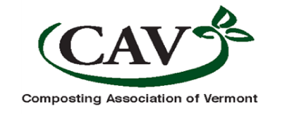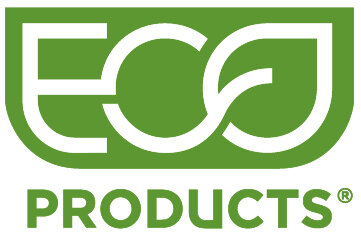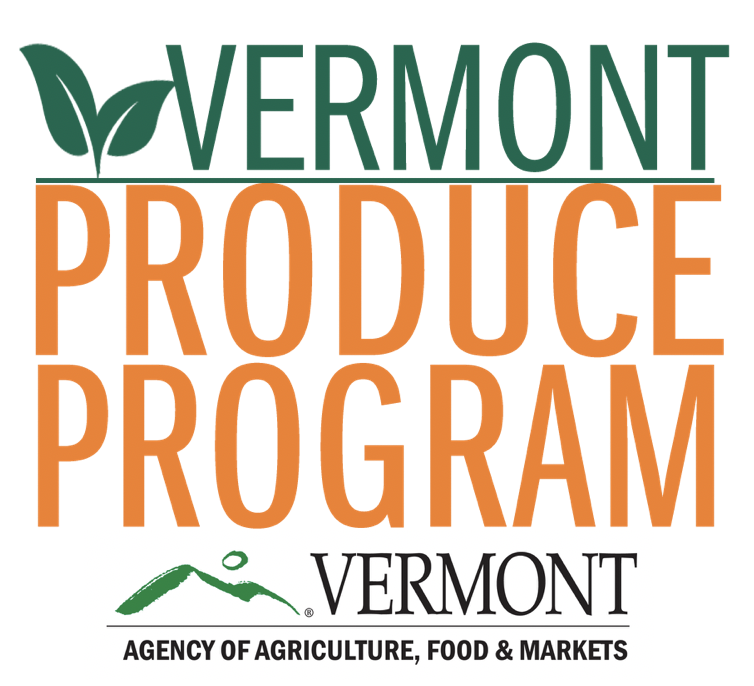Below are the recordings for the (non-tour) sessions from Wednesday May 5th.
10:00-11:30 AM: Connecting Farms to Communities to Close the Nutrient Loop
The morning session on Wednesday, May 5th, Connecting Farms to Communities to Close the Nutrient Loop introduces On-Farm Composting Project of the Farm to Plate Food Cycle Coalition. The On-Farm Composting Booklet outlines regulations around composting, lays out how communities can connect to close the nutrient loop, and provides a matrix to help readers understand the regulatory thresholds aligned with compost volumes and methods of composting available. Three case studies in Vermont are highlighted to show different adaptations of closing the nutrient loop at a community scale.
Natasha Duarte, starts at 3:33
Cat Buxton, starts at 11:05
Panel discussion with Jen Murphy and Chuck Wooster, starts at 20:52
Q&A, starts at 41:54
1:00-2:30 PM: Composting and Heat Recovery for the VT Phosphorus Innovation Challenge
Agrilab Technologies Inc. (AGT) is one of the teams funded through the VT Phosphorus Innovation Challenge. The larger effort seeks to reduce P loading to Lake Champlain and other VT waters through new practices. AGT is setting up a network of on-farm composting and P processing sites to stabilize and add value to P concentrates and other biomass. End products are intended to be better distributed and applied within farm operations, within watersheds and for export. Use of compost aeration and heat recovery (CAHR) units aids with efficient compost operations and drying/stabilization of finished products.
Kaitlin Hayes, starts at 4:04
Brian Jerose, starts at 11:09
Q&A, starts at 1:01:37
3:00-4:00: Improved Compost Fertility Characteristics: Thermophilic and Vermicompost Blends
Thermophilic (traditional) compost and vermicompost are two very different composting systems promoting different microbial communities. Mature thermophilic compost is generally slow to release nutrients and is inexpensive. In contrast vermicompost already has high levels of available nutrients and is about 10 times the price of thermophilic compost. The research presented is exploring potential synergistic nutrient release effects when the two compost types are mixed.
Josef Görres, starts at 5:56
Q&A, starts at 50:45
Special thanks to:
Thanks to our Sponsors:
Learn what the Produce Safety Rule means for your business.











